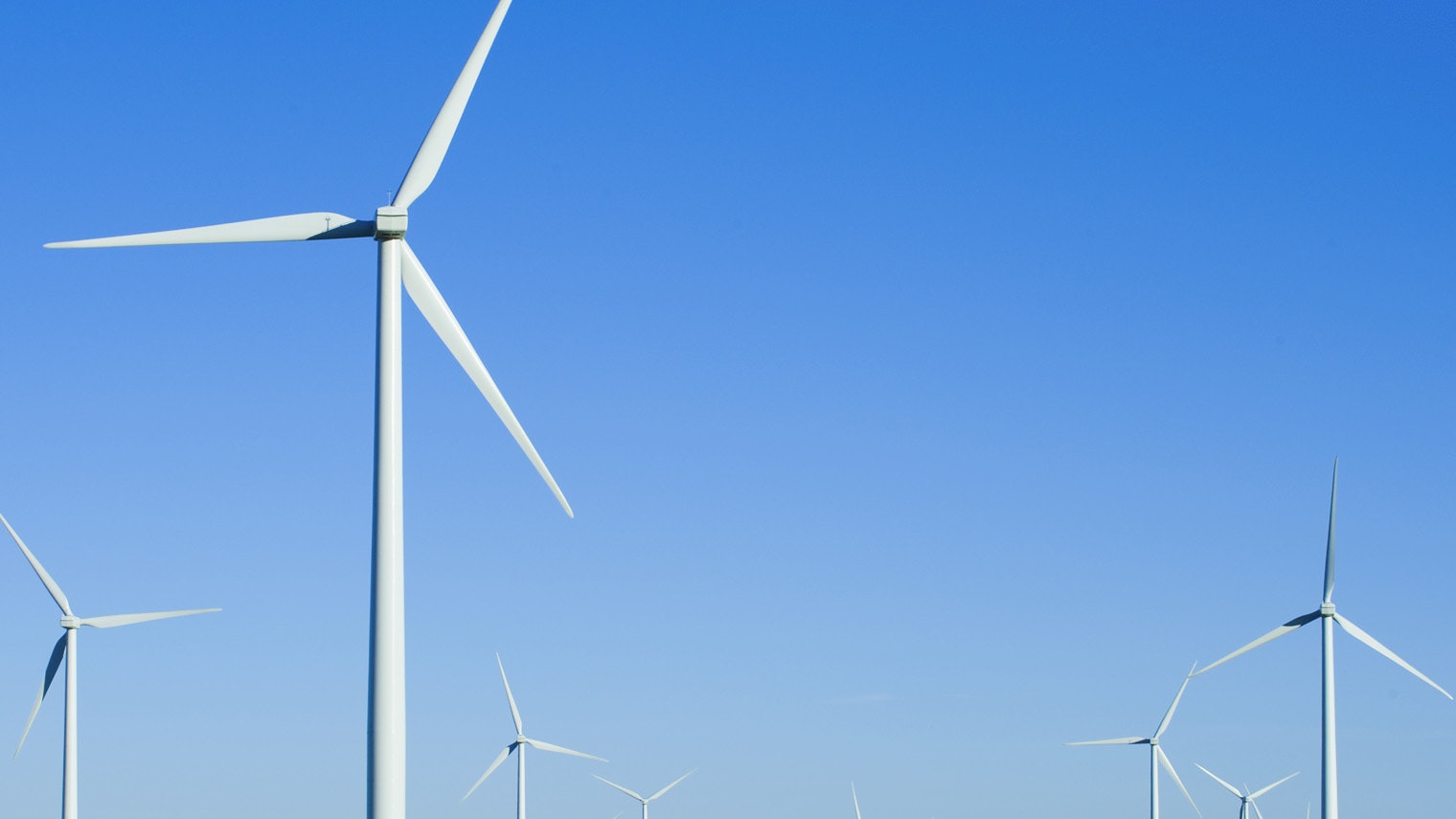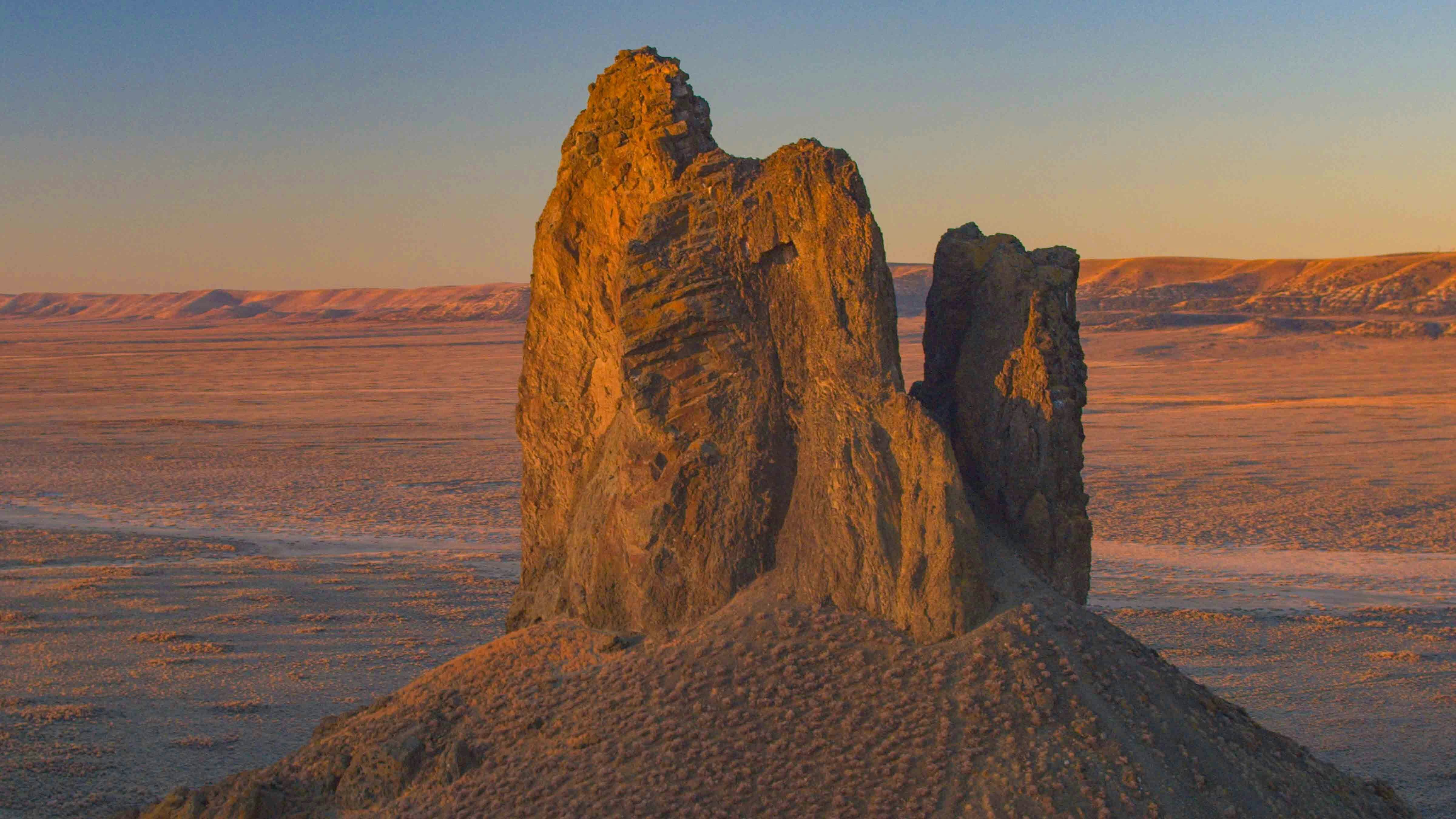By Joshua Wood, Cowboy State Daily
josh@cowboystatedaily.com
The Rail Tie Wind Project in southeastern Wyoming has cleared another major hurdle on its way to completion.
ConnectGen—the company behind the Rail Tie Wind Project—is proposing to construct 84 to 149 wind turbines on 26,000 acres of private and State land in Albany County. As part of the process, the company submitted two interconnection requests to the Western Area Power Administration (WAPA).
Last week, WAPA released a record of decision approving ConnectGen’s two interconnection requests. This will allow the company to connect to the already existing transmission line owned by WAPA, Tri-State Generation and Transmission Association, and the Platte River Power Authority.
According to Mark Wierenga, the National Environmental Protection Act (NEPA) document manager for WAPA, this decision closes out a three-stage process which had been put in place by WAPA and the Federal Energy Regulatory Commission.
“There’s a three stage process; a feasibility study, an impact study that looks at the power flows and models it all … and after that, the last stage is what they call a facilities study and that basically costs everything out,” said Wierenga. “The Record of Decision essentially closes out the process. It states what decision we made. In this case, our decision is limited to ‘yes’ or ‘no’ on the interconnection request.”
Because the decision is guided by requirements for open access to transmission, WAPA would need a good reason to deny the connection requests, said Wierenga.
While this decision brings the Rail Tie Wind Project one step closer to reality, Wierenga said there are still a number of other steps ConnectGen needs to follow before construction can begin.
One process currently underway is the Historic Properties Treatment Plan, which addresses mitigation of impacts to cultural resources.
More Permits
In the document released by WAPA, cultural resources were just one of the significant impacts listed. Other significant impacts cited by WAPA were impacts on visual resources and impacts to eagles. For the latter, ConnectGen will need to go through the Wyoming Game and Fish Department for an eagle take permit.
“There will be a number of other permits they’ll need to get,” said Wierenga.
These include permits related to the Clean Water Act and several local permits such as permits for road crossings.
“Now, on the state level, they are clear to construct. They have their permit from the Industrial Siting Committee and they also have their permit from Albany County,” said Wierenga. “Our decision is limited solely to letting them connect or not letting them connect.”
Though ConnectGen has permits to construct from both the state and county level authority, Wierenga said they still have conditions which need to be met.
“They’ve got a series of conditions on their permits, both state and county level. The controlling authority and the enforcement of those will come from the county and the state,” said Wierenga. “So, they pretty much have to get everything lined out before they go out and start blading their first road.”
Not A Surprise
Paul Montoya, a Laramie resident who with his wife has worked to block the development of the wind project, said the record of decision did not come as a surprise.
Montya said while he wasn’t shocked by the decision, it was unfortunate an agency tasked with looking at environmental impacts had more interest in approving sites based on trying to connect more people to their transmission line.
“WAPA has a task that they’ve been given to connect as many people as they can to the transmission lines that they oversee. So, it’s in their best interest to approve most of these applications,” said Montoya. “We don’t know of an application that WAPA has reviewed in regards to turbines that they’ve ever turned down.”
Montoya told Cowboy State Daily an appeal to the Wyoming Supreme Court regarding the Rail Tie wind project was progressing. Two appellate briefs, one for the residents opposed to the project and another for Monahan Ranch, had been filled this month. Oral arguments could be heard by the Wyoming Supreme Court by October or November, said Montoya.





